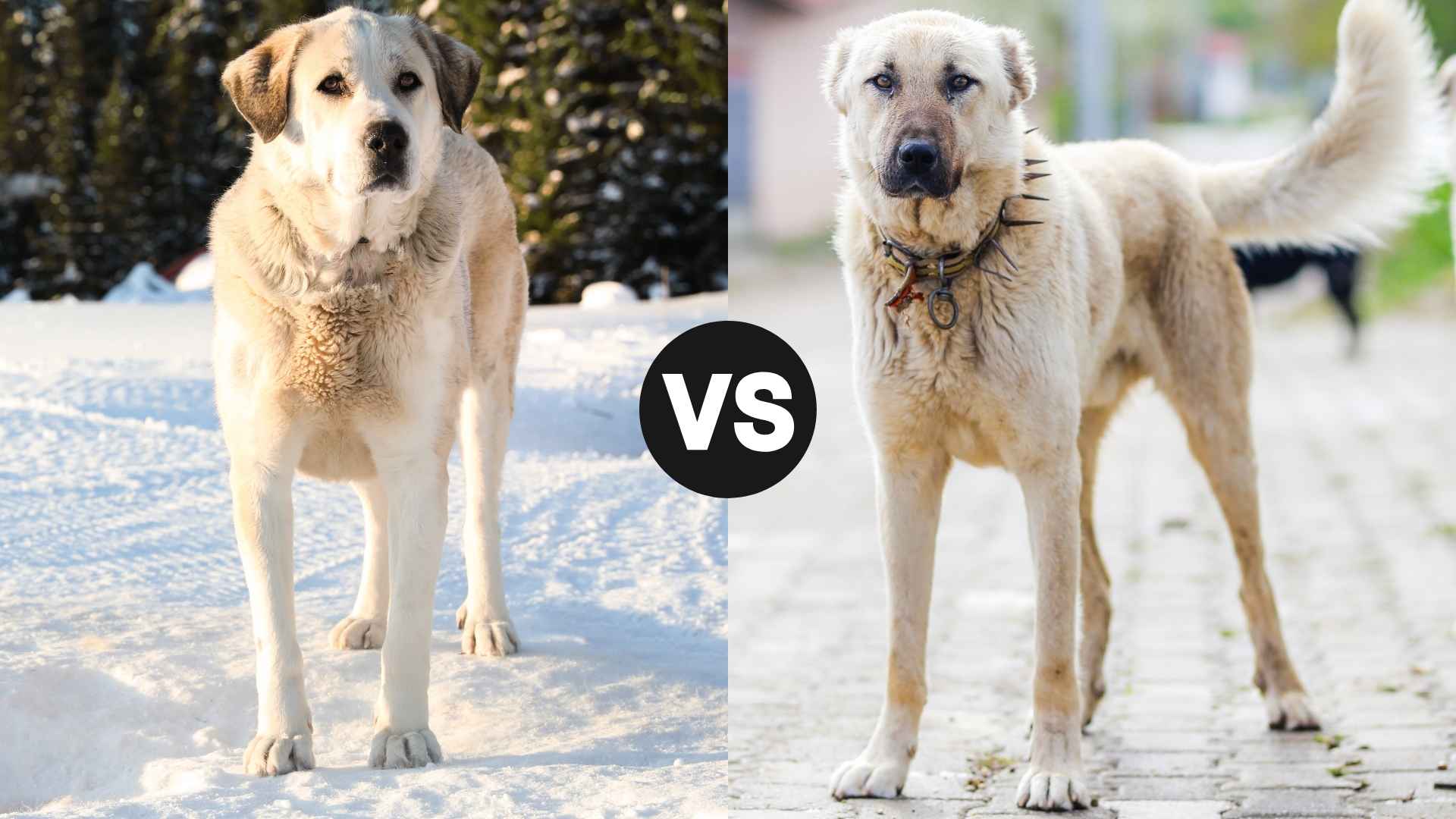When comparing Akbash vs Anatolian Shepherd, you’re looking at two of Turkey’s most respected livestock guardian breeds—each with ancient roots and unmatched protective instincts.
The Akbash, one of the national dog breeds of Turkey, is known for its striking white coat and calm yet commanding presence. It has long been used to guard flocks on plains and mountains. With a strong sense of awareness and loyalty, the Akbash excels at monitoring livestock and deterring predators with its sheer confidence and vigilance.
On the other hand, the Anatolian Shepherd carries a legacy that spans thousands of years. Recognized as one of the oldest domestic canine bloodlines, this breed was introduced to the U.S. in the 1950s and has since gained recognition for its versatility and strength. Notably, Anatolian Shepherds have even played a role in wildlife conservation, protecting cheetahs in Africa.
In this guide, we’ll dive deeper into Akbash vs Anatolian Shepherd, exploring their similarities and differences and which might be right for your needs.
Akbash vs. Anatolian Shepherd
When comparing Akbash vs Anatolian Shepherd, both breeds stand out as powerful, independent livestock guardians originating from Turkey. The Akbash is known for its striking white coat, either medium or long in length, which helps it blend in with sheep flocks, giving it a strategic edge against predators.
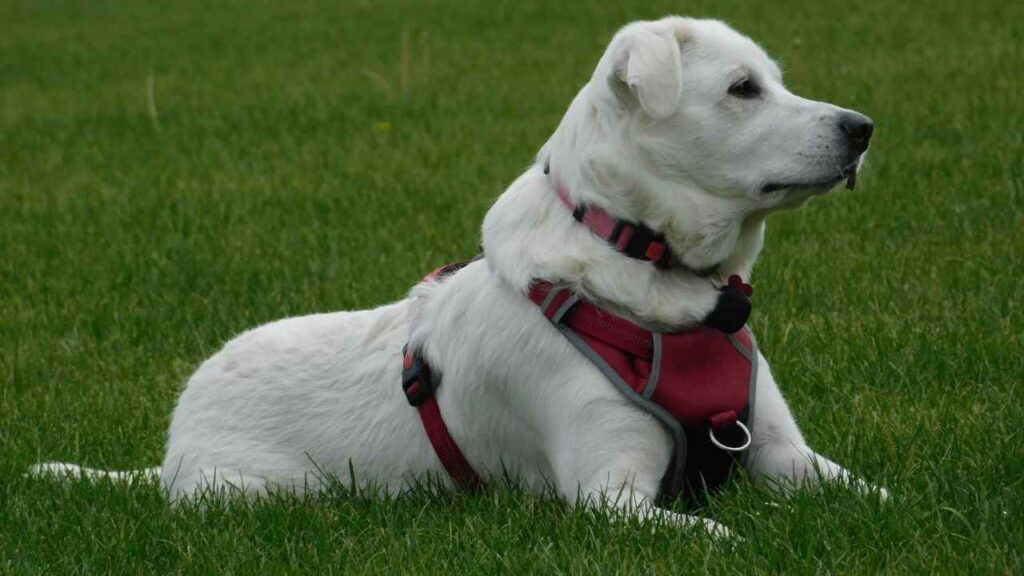
Built for speed and defense, it features long legs, loose neck skin for protection, and a curled tail. Though its origins remain somewhat mysterious, the Akbash likely descends from mastiffs and sighthounds. Calm and observant, this rare breed is deeply territorial and prefers lying quietly among livestock, constantly scanning its surroundings for threats, as per CKCUSA.
On the other hand, the Anatolian Shepherd, also known as the Anatolian Mastiff, is larger and more rugged, often weighing up to 150 pounds. Bred from ancient shepherd dogs in the Anatolia region, this breed was developed to guard flocks independently in harsh conditions.
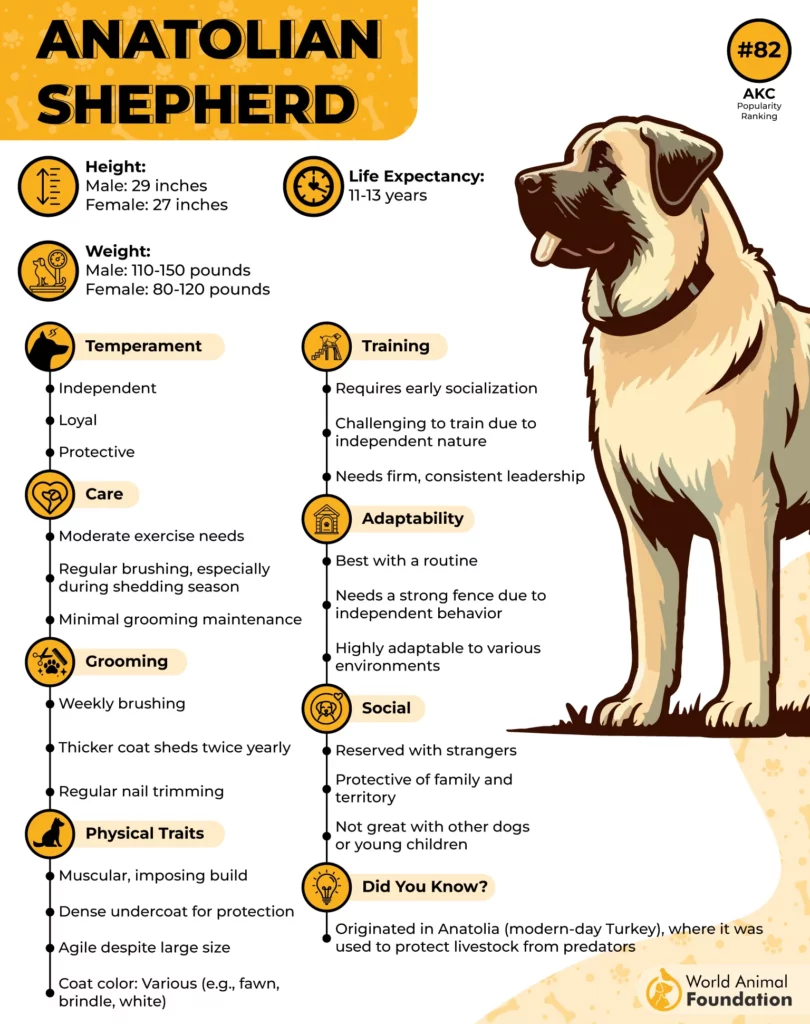
With a booming bark, strong build, and natural wariness of strangers, the Anatolian is an assertive, self-reliant guardian. Though it can be a family dog with proper training, its size, loud bark, and need for space make it better suited for working roles on expansive lands.
Size and Weight Overview
When it comes to size and weight, the Akbash is a large to giant breed, with males averaging 30 inches in height and females around 28.5 inches. Fully grown males typically weigh around 120 pounds, while females average about 90 pounds.
Akbash puppies weigh approximately 13 pounds at 7 weeks and continue to grow slowly, often reaching full maturity between 24 to 36 months. Their build is tall and lean, yet powerful, designed for both agility and endurance in the field.
The Anatolian Shepherd is similarly large and robust, with males standing about 29 inches tall and weighing between 110 to 150 pounds. Females are slightly smaller, averaging 27 inches in height and ranging from 80 to 120 pounds in weight.
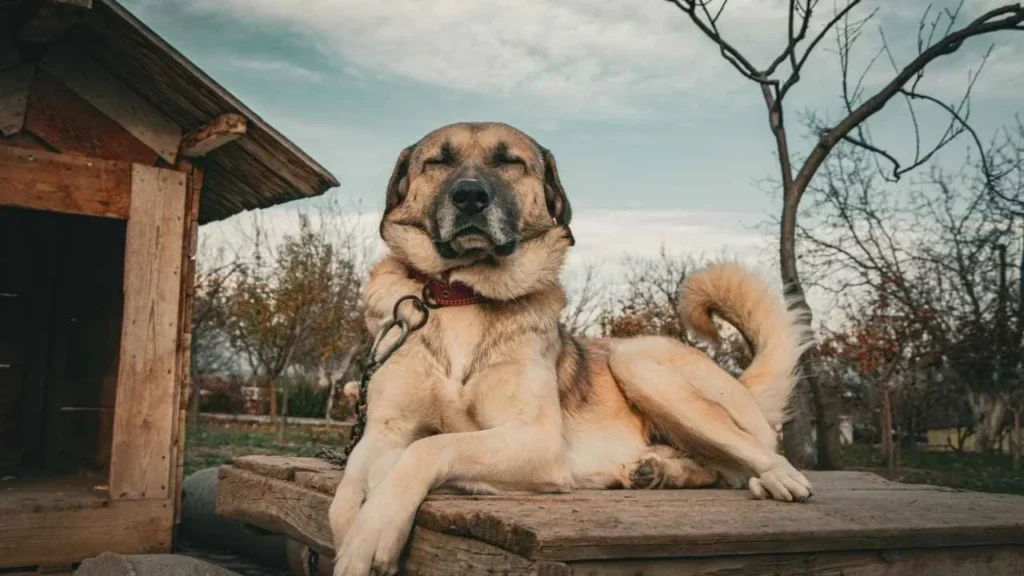
This breed carries more mass and muscle, giving it a more imposing presence. Both breeds are impressive in size, but the Anatolian typically has a heavier, more solid frame compared to the leaner Akbash.
Temperament and Personality Traits
The Akbash is known for its calm yet highly alert temperament, making it a reliable and responsive livestock guardian. This breed is fiercely loyal, deeply territorial, and naturally wary of strangers—traits that make it protective of its flock or family.
Akbash dogs form strong bonds early, and their quick reaction to perceived threats underscores the importance of early obedience training and socialization. While gentle and devoted to their household, they need structured guidance to prevent aggressive tendencies. Their intelligence, independence, and swift response time have even made them valuable assets in conservation programs, such as deterring cheetahs from livestock.
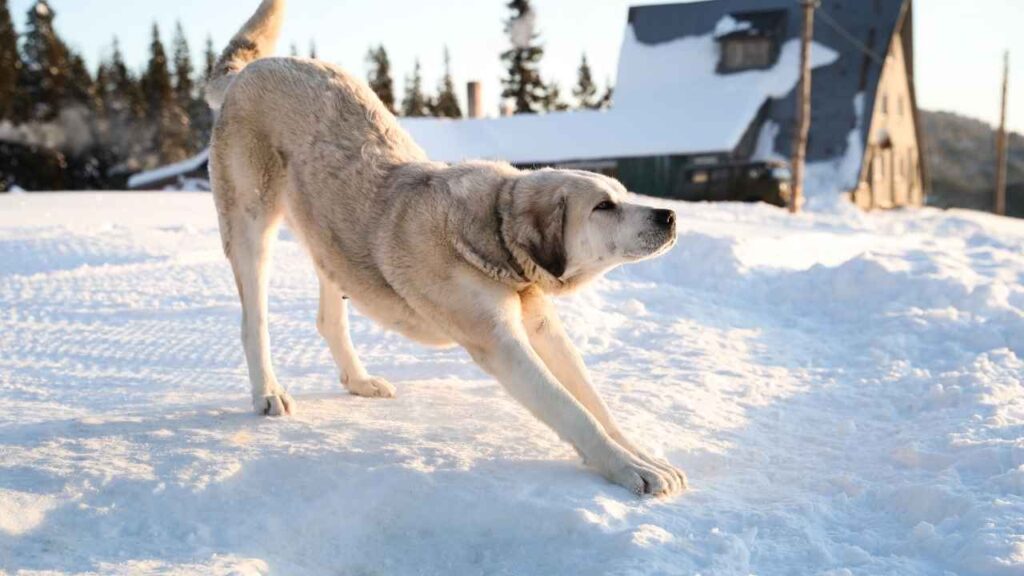
The Anatolian Shepherd shares many protective traits but is typically more aloof and strong-willed. These dogs are highly independent, alert, and naturally suspicious of unfamiliar people or animals, which can pose challenges in multi-pet homes if socialization isn’t started early.
While they do bond closely with their human family, they are not overly eager to please, often requiring consistent training with positive reinforcement. Anatolians are best suited for experienced dog owners who can confidently manage their dominant personality and guide them into becoming balanced, well-mannered guardians.
Adaptability and Independence Levels
The Akbash is a highly independent breed that thrives best under the care of an experienced and dedicated owner. Because of their strong-willed nature, early and consistent training using positive reinforcement is essential to shape good behavior and manage their natural territorial instincts.
Akbash dogs need to be socialized from a young age to help balance their wariness of strangers. Their working-dog mentality means they are not suited for owners seeking a low-maintenance or highly affectionate companion; instead, they need structure, patience, and an understanding of their unique personality, states Hillspet.
Similarly, the Anatolian Shepherd dog is an independent and calm breed, bred to guard livestock with minimal guidance. While not overly energetic, they require regular exercise and mental stimulation to stay healthy and prevent boredom. Anatolians tend to be reserved with strangers and protective of their family, making them better suited for homes with older children and ample space.
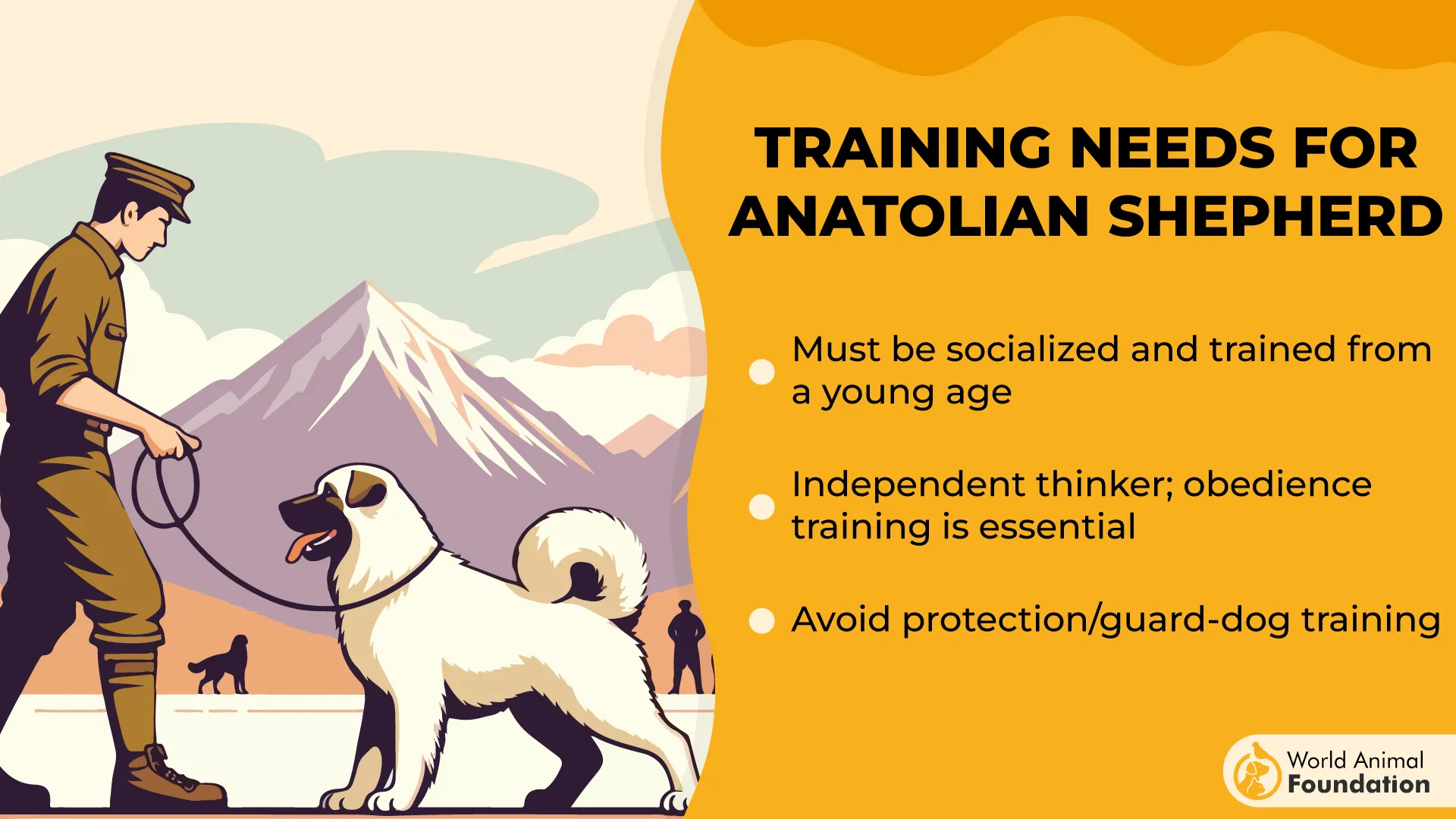
Due to their instinctive barking when sensing threats, they may not adapt well to close-quarter living situations such as apartments or homes with shared walls. Like the Akbash, they thrive with experienced owners who appreciate their independent nature and provide consistent training and socialization.
Bite Force and Jaw Structure Comparison
When it comes to bite force, both the Akbash and Anatolian Shepherd fall within a similar range, typically between 200 to 400 PSI (pounds per square inch). While this is considered an average bite force compared to other dog breeds, it’s still strong enough to cause serious injury if provoked.
The Akbash’s bite strength complements its role as a livestock guardian, offering enough power to deter and defend against predators such as wolves or coyotes. Though not bred for aggression, their protective instincts and muscular build support this formidable bite force when necessary.
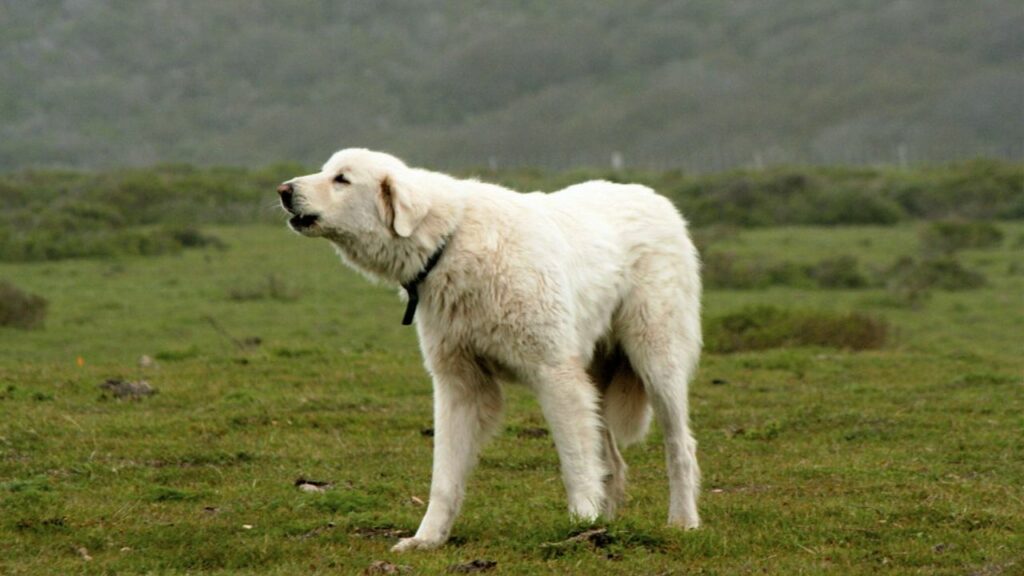
The Anatolian Shepherd also possesses a bite force within the 200 to 400 PSI range, backed by a robust jaw structure suited for its historic role as a fearless protector of livestock. Their powerful jaws, combined with a muscular neck and broad skull, enable them to hold off large predators when defending their territory.
Despite this impressive capability, Anatolian Shepherds are typically calm and controlled, using their strength only when they perceive a real threat. Their bite force underscores the breed’s effectiveness as a working dog rather than a household pet.
Health Profile and Lifespan Expectancy
The Akbash typically lives 10 to 12 years and is generally a healthy, resilient breed. However, it can be prone to conditions like hip dysplasia, cruciate ligament injuries, hypothyroidism, and dilated cardiomyopathy. Other concerns include bloat, kidney disease, epilepsy, and certain cancers. Regular vet visits and early health screenings are essential to catch potential issues and maintain overall well-being.
With a lifespan of 11 to 13 years, the Anatolian Shepherd is a hardy breed but still susceptible to health concerns. These include hip and elbow dysplasia, entropion (an eyelid condition), and sensitivity to anesthesia. Like the Akbash, Anatolians are also at risk of bloat. Proper veterinary care, diet management, and awareness of breed-specific risks help ensure a long, healthy life, states PetMD.
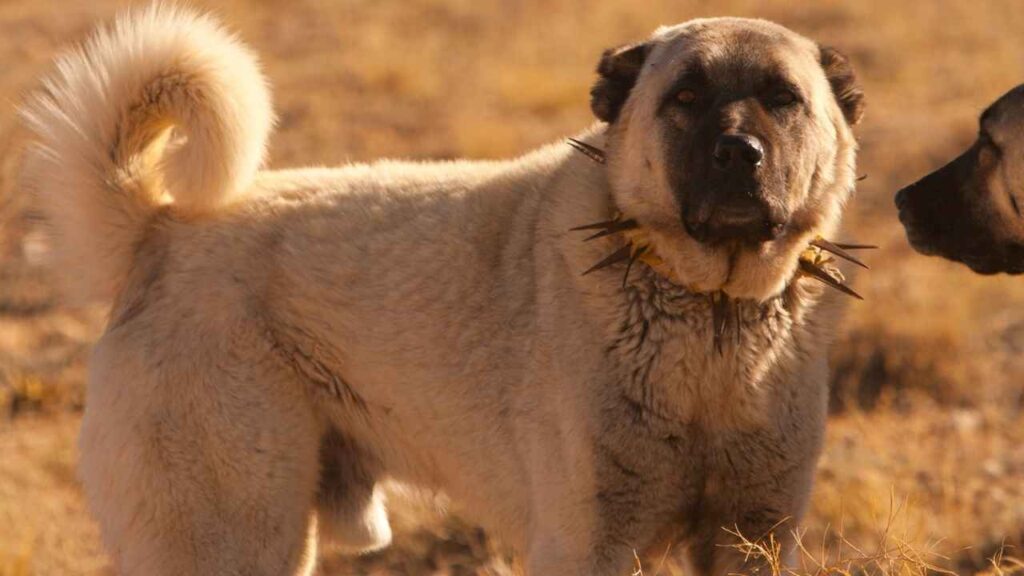
Energy Levels and Exercise Requirements
The Akbash has a relatively calm demeanor and doesn’t require intense exercise, thanks to its role as a guardian rather than a herding breed. A daily hour of moderate physical activity, such as walking, light jogging, or hiking, is typically enough to keep this dog fit and mentally balanced. While the Akbash isn’t overly playful, it benefits from occasional puzzle toys and mentally stimulating games.
Their low energy bursts and watchful nature make them well-suited for households with open space, but owners should still prioritize consistent physical and mental stimulation to avoid restlessness or behavioral issues.
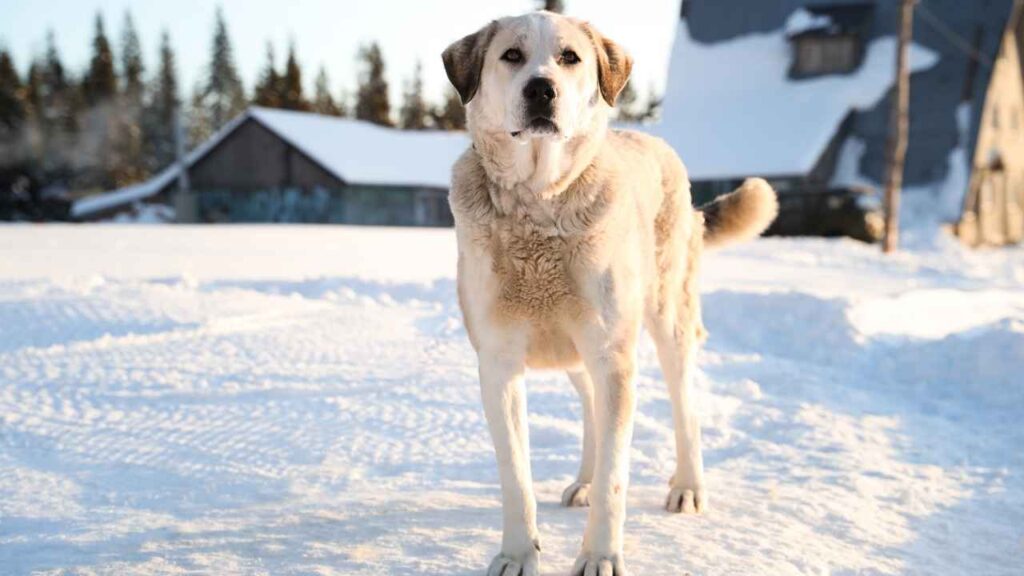
Similarly, the Anatolian Shepherd has moderate energy needs but requires ample space to move around freely. This breed thrives in open environments, making them a poor fit for apartment living. At least an hour of daily activity—including walking, jogging, dog sports, or interactive games like fetch and puzzle toys—is essential.
Without enough stimulation, Anatolians can resort to destructive behaviors such as digging or chewing. A securely fenced yard is ideal for them to explore safely while minimizing unwanted interactions with strangers or unfamiliar animals.
Nutritional Needs and Weight Management
The Akbash requires a well-balanced diet tailored for large-breed dogs with relatively low energy levels. Because of their slower metabolism and tendency to gain weight, it’s crucial to feed them measured portions on a consistent schedule rather than allowing free feeding.
Treats should be limited to prevent unnecessary calorie intake. Their dietary needs will change with age, so regular consultation with a veterinarian is essential to ensure their nutritional intake supports optimal health at every life stage.
The Anatolian Shepherd also benefits from a high-quality, large-breed dog food appropriate to their age and size. Due to their deep chests, these dogs are at risk for gastric dilatation-volvulus (bloat), so it’s important to feed them two to three smaller meals daily and avoid strenuous activity around feeding times.
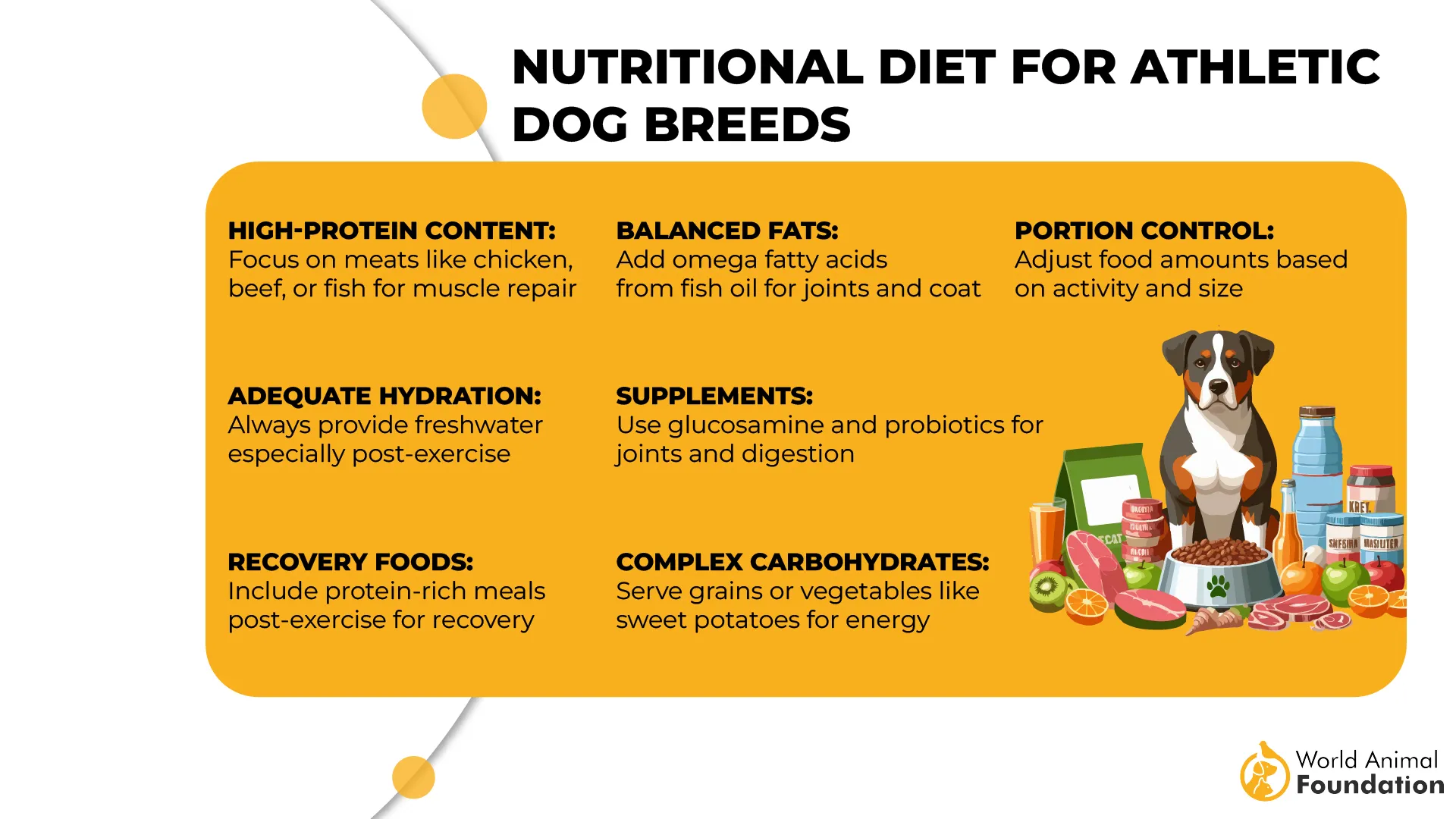
Their diet may need to be supplemented with glucosamine, chondroitin, or omega-3 fatty acids to support joint health, especially if they are prone to growth-related issues like hip or elbow dysplasia. As with all breeds, dietary recommendations should be customized with the guidance of a vet.
Allergy Sensitivity and Grooming Demands
The Akbash has a dense double coat that sheds year-round, with heavier seasonal shedding occurring in the spring and fall. While the coat is naturally non-matting and odor-free, it still requires regular maintenance. Weekly brushing helps manage loose fur, but during peak shedding seasons, daily grooming is necessary to keep hair under control and maintain coat health.
Akbashes typically need monthly baths and routine upkeep such as ear cleaning, nail trimming, and daily dental care, making their grooming needs moderate but essential, especially for allergy-sensitive households that may react to dander or excessive shedding.
The Anatolian Shepherd also sports a thick, insulating coat that sheds moderately year-round and more heavily twice a year. Brushing once a week is usually sufficient, but expect to increase the frequency during seasonal molts, states the AKC.
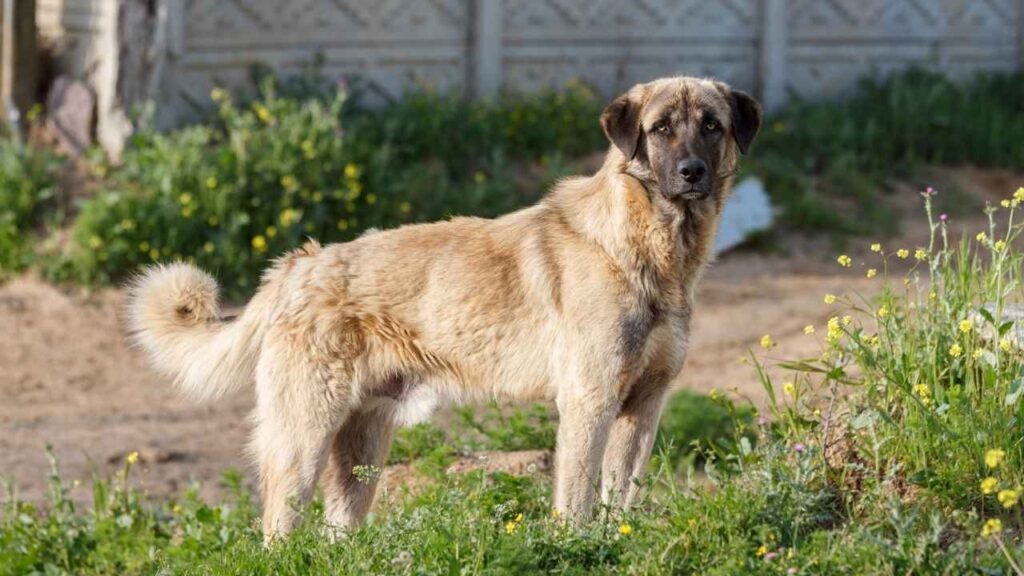
Despite their low-maintenance coat, regular care like monthly baths, nail trims, weekly ear checks, and daily teeth brushing is important for overall health. While not hypoallergenic, consistent grooming can help manage dander and hair, making it easier for sensitive pet parents to maintain a cleaner home environment.
Conclusion
While the Akbash and Anatolian Shepherd may share a similar appearance and purpose, they are not the same dog. Each breed has developed over many centuries in the Middle East as a reliable guard dog, bred to protect livestock like goats and cattle from predators such as bears.
These pure breeds are highly independent, intelligent, and protective—ideal for farms, ranches, or spacious properties where they can roam freely.
Choosing between them depends on your lifestyle and experience. Both require a confident, knowledgeable owner who understands the commitment these wonderful dogs demand. They are not suited for casual companionship or apartment living but thrive when given purpose, space, and early training.
Whether you’re seeking a strong family guardian or a working dog for the open range, the Akbash and Anatolian Shepherd are time-tested protectors—not pets for everyone, but loyal defenders for those who earn their trust.


